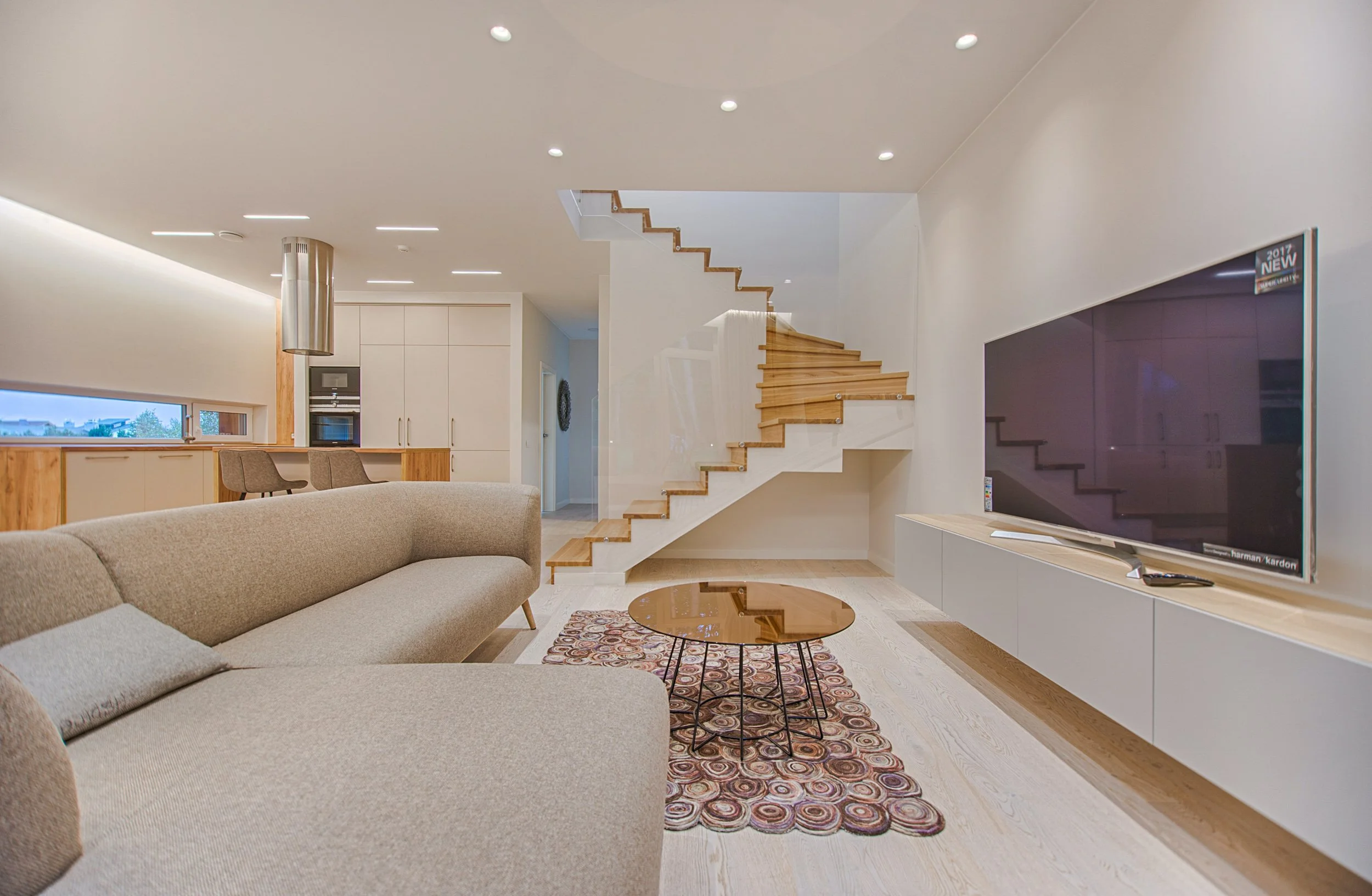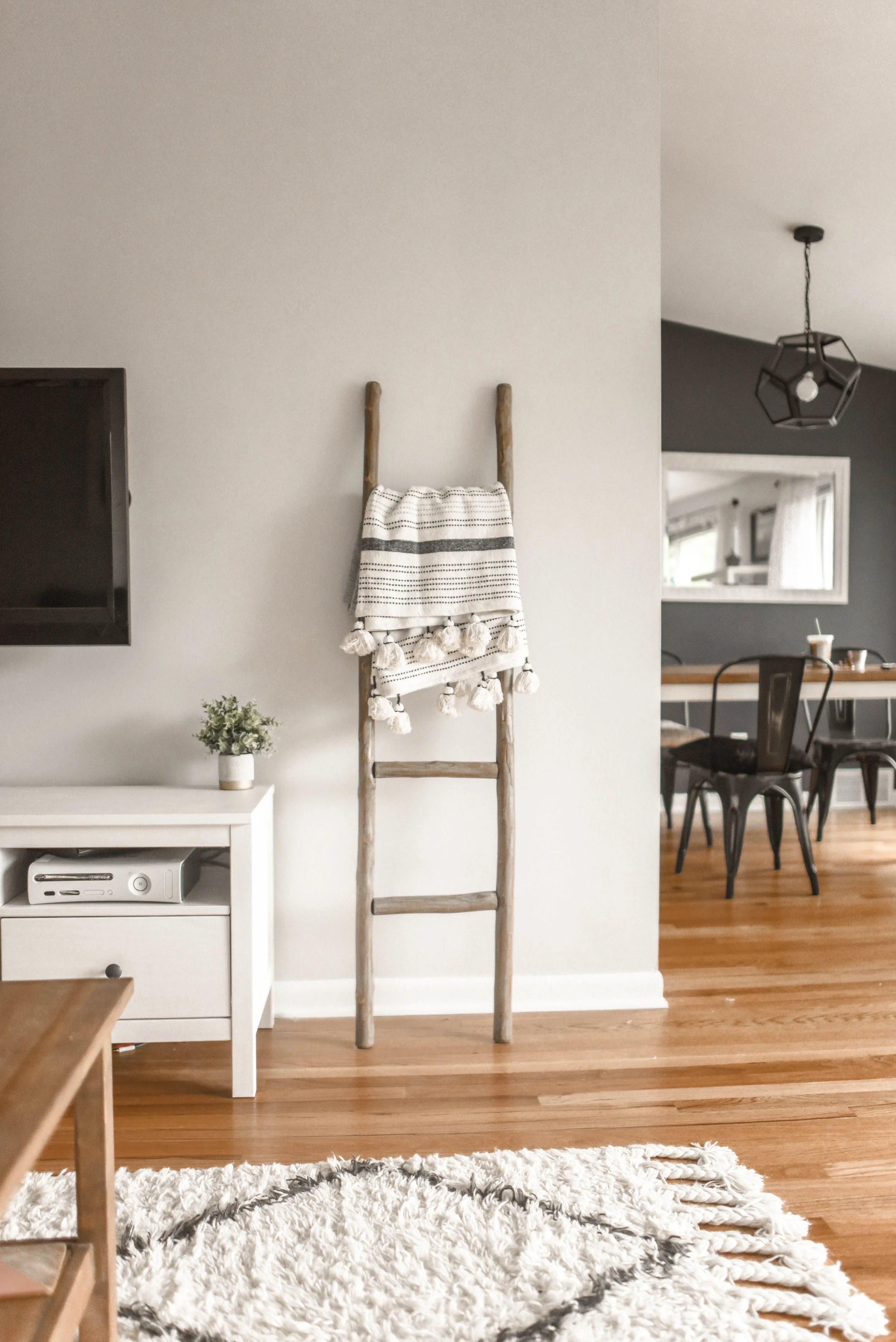The Ultimate Guide to Preventing Common Household Pests
RH Business Marketing Solutions
Pest infestations can be a nuisance and a health hazard, causing damage to your home and potentially spreading diseases. Prevention is key when it comes to keeping your home pest-free, and this ultimate guide will help you understand the common household pests and the steps you can take to protect your living space from unwelcome intruders. With a combination of proactive measures and regular maintenance, you can minimize the likelihood of a pest infestation and enjoy a clean, healthy home.
1. Know Your Pests
The first step in preventing household pests is to understand the most common types you may encounter. These pests can vary by region and climate, but some of the most common invaders include:
Ants
Cockroaches
Rodents (mice and rats)
Spiders
Termites
Bedbugs
Mosquitoes
Flies
Each of these pests has unique habits and preferences, so it's essential to learn about their behaviors to develop a tailored prevention strategy.
2. Seal Entry Points
Pests can enter your home through tiny cracks and gaps, making it crucial to seal any potential entry points. Inspect your home's exterior for openings and use the appropriate materials to seal them, such as caulk, weather stripping, or steel wool. Some common areas to check include:
Door and window frames
Utility line entrances
Foundation cracks
Vents
Roof soffits
3. Maintain a Clean Living Environment
A clean home is less likely to attract pests, as they are often drawn to food sources and nesting materials. To maintain a clean living environment, follow these tips:
Store food in airtight containers and promptly clean up spills and crumbs.
Regularly clean kitchen appliances, countertops, and floors.
Dispose of garbage in sealed trash cans and remove it from your home frequently.
Vacuum and mop floors regularly to remove dust and debris.
Wash bedding, curtains, and upholstery as needed.
4. Eliminate Excess Moisture
Many pests, such as cockroaches, ants, and termites, are attracted to moisture. By eliminating excess moisture in your home, you can make it less hospitable to these unwanted guests. Address any plumbing leaks, ensure proper ventilation in bathrooms and kitchens, and use a dehumidifier in damp areas, such as basements or crawlspaces.
5. Maintain Your Yard
A well-maintained yard can help prevent pests from entering your home. Keep your lawn trimmed, remove fallen leaves and debris, and prune trees and shrubs away from your home's exterior. Additionally, eliminate standing water in your yard, as it can attract mosquitoes and provide a breeding ground for various pests.
6. Use Natural Repellents
Some natural repellents can help deter pests without the use of harsh chemicals. For example, planting herbs such as basil, lavender, or mint around your home can help repel mosquitoes, flies, and ants. Diatomaceous earth, a natural powder made from crushed algae, can be sprinkled around your home's perimeter to deter crawling insects like ants and cockroaches.
7. Schedule Regular Inspections
Regular inspections are crucial for early detection and prevention of pest infestations. For example, scheduling a termite inspection can help you identify and address any termite activity before significant damage occurs. It's also essential to check your home regularly for signs of other pests, such as droppings, nests, or damage to wood, insulation, or wiring.
8. Consult a Professional When Needed
If you suspect a pest infestation or need help with prevention strategies, don't hesitate to consult a professional exterminator. They can provide expert advice, identify potential problem areas, and recommend tailored solutions for your specific situation. In some cases, such as termite infestations, professional intervention is essential to properly treat and protect your home.
9. Monitor Your Home for Signs of Pests
Stay vigilant and regularly monitor your home for any signs of pest activity. Look for droppings, damaged wood, chewed wires, or other indicators that pests may be present. Early detection is key to preventing a small infestation from becoming a major problem.
10. Educate Yourself on Pest Prevention Techniques
Knowledge is power when it comes to pest prevention. Stay informed about the latest pest control techniques and products, as well as the habits and preferences of common household pests. This will allow you to make informed decisions about the best prevention strategies for your home.
11. Store Firewood Properly
If you have a wood-burning fireplace or stove, it's essential to store firewood properly to prevent pest infestations. Keep firewood off the ground, at least 20 feet away from your home, and covered to protect it from moisture. This will help deter pests such as termites, ants, and rodents from taking up residence in your firewood stack.
12. Be Mindful of Pest-Attracting Items
Some items may inadvertently attract pests to your home, so be mindful of what you bring inside. For example, cardboard boxes, used furniture, or second-hand clothing can harbor pests such as cockroaches, bedbugs, or rodents. Inspect these items carefully before bringing them into your home and consider using plastic storage containers instead of cardboard boxes.
In conclusion, preventing common household pests is an ongoing process that requires a combination of proactive measures, regular maintenance, and vigilance. By understanding the habits of common pests, sealing entry points, maintaining a clean and dry living environment, and seeking professional help when needed, you can minimize the risk of a pest infestation and protect your home and family. So, stay proactive and keep pests at bay with this ultimate guide to pest prevention.










